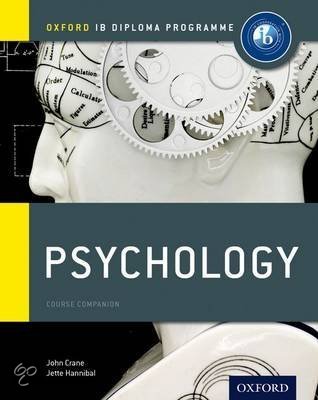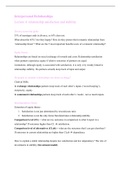Learning outcome:
Evaluate strategies for coping with stress.
Coping strategies and stress reduction methods have been inspired by the work of
Lazarus and Folkman (1975) called the “transactional model of stress”. It is believed that there
should be a transaction between a human being and the external world, in order to feel stress.
Similarly, stress can only be experienced in the events that are portrayed as personally stressful.
Coping is the effort to remove stress in order for it not to have an impact on a person. Lazarus
and Folkman (1984) have developed a theory of cognitive appraisal. They suggested that there is
primary and secondary appraisal in how people face their stressors. Primary appraisal refers to a
person perceiving the event to be either positivity, negative, or neutral and the consequences or
problems that they could face. Secondary appraisal refers to the coping abilities that the person
could use and the fact that coping strategies get evaluated before one is chosen to be the most
effective. The cognitive appraisal influences how the person will react to the stressor and
whether there will be a physiological, cognitive, emotional, or behavioural response.
Furthermore, Folkman and Lazarus (1988) suggested two main coping strategies. One is
problem-focused coping which refers to the attempt to remove or correct a problematic
situation, a different form is called pro-active coping that is used to avoid a problem in the future
(for example studying for an exam beforehand). The other is emotion-focused coping which
refers to an attempt to manage emotional aspects of stress, such as using social support or
relaxation techniques, another form of emotion-focused coping is avoidance coping (for example
denying the problem or taking drugs/alcohol to forget the problem). Problem-focused coping
may be adapted the most in situations that are controlled by the person, and emotion-focused
coping would be adapted in situations perceived as uncontrollable. However, even though there
are two different outcomes of the situation of either using problem- or emotional-focused
coping, both of them influence each other and mostly happen at the same time regardless of
whether the situation is under control or not.











